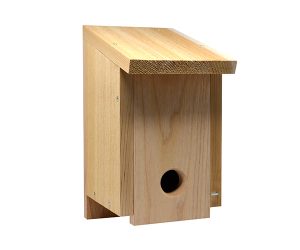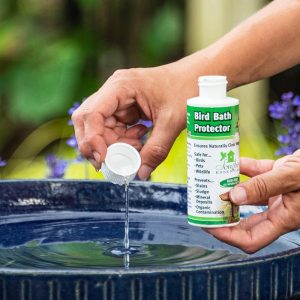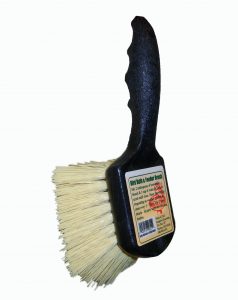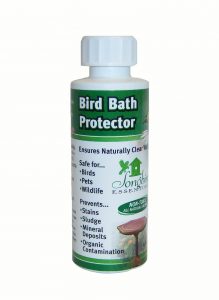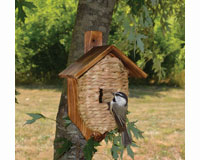By: Tristan Palmgren

Winter is a special season for birding everywhere. Birds are not only (usually – there are some exceptions, like male goldfinches, who lose their bright gold coloring) easier to spot against the snowy foliage, but their behavior changes in dramatic fashion. As naturally-appearing nuts and seeds dwindle, and the energy demands of survival increase, your birds will frequent your feeders and birdbaths more often. That means that winter is a great time to attract new birds to your backyard. They will be out and looking for new sources of food. As birds are creatures of habit, they will continue returning to your feeders even as the seasons change and other food becomes more plentiful.
Let’s consider some things you can do to make our part of the world more welcoming for birds. One of the biggest and best things you can do for your yard is provide fresh, liquid water – ideally with a De-Icer or in a heated bird bath. Maintaining a liquid-water bird bath is not as much of a challenge as you might think. This is a subject important enough to have its own segment in this newsletter. See the article “Winter Birdbaths” for more details.
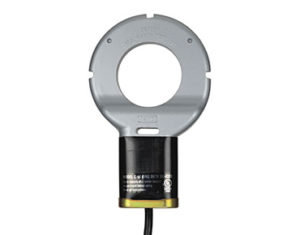
Missouri’s winter and year-round birds will need many more calories to survive and thrive than they did over the summer. That means their preferred food sources will change. Energy is paramount. And the highest-energy, highest-calorie foods that we have are the suet cakes. Pine Tree Farms High Energy Suet is Songbird Station’s best-selling winter food. Suet appeals most to clinging birds like titmice, chickadees, woodpeckers, and bluebirds will all delight in suet cakes, especially if they’re catered to. In addition to High-Energy Suet, Pine Tree Farms makes a variety of specialty suet cakes. Some are formulated to be more attractive to specific birds – insect suet, for example, will draw in more bluebirds. Other cakes are made for different purposes, such as hot pepper suet, which will keep pesky squirrels, raccoons, and deer away from your feeders.
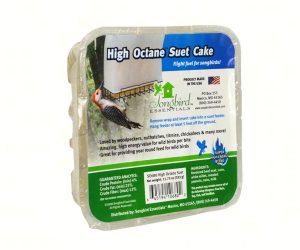
As you observe your birds this winter, you may notice that they appear larger and fluffier than before. This is not necessarily because they’re bulking up or storing extra fat. Birds keep themselves insulated from the cold by fluffing their feathers to add more layers of air between them. The multiple layers of feathers and air keep their body heat efficiently trapped. Feathers and fluff alone won’t keep them through the coldest Missouri winters, though. At night and during snowstorms, they’ll be looking for shelter to roost.
You can help them out by providing roosting space. Nest boxes left over from last nesting season are not ideal roosting spaces because their entrance portals are at their tops. While this is a feature during summer, in winter this allows heat to escape into the world. Dedicated roosting boxes are similar to nest boxes, but have their entrance portals at the bottom of the box to allow heat to stay trapped atop, and generally have a built-in ladder or other platform to allow birds access to the warmer top of the box.
Not all nest boxes can be reasonably converted to roosting houses. One recent addition to the Songbird Station catalog is designed to do double-duty. The Songbird Essentials Convertible Roosting House has a detachable front cover that can be flipped depending on the season: entrance portal on top for summer, bottom for winter, and a removable internal ladder. Alternatively, Songbird Essentials’ dried grass roosting pockets not only provide birds with shelter and space, but look fantastic on trees.
